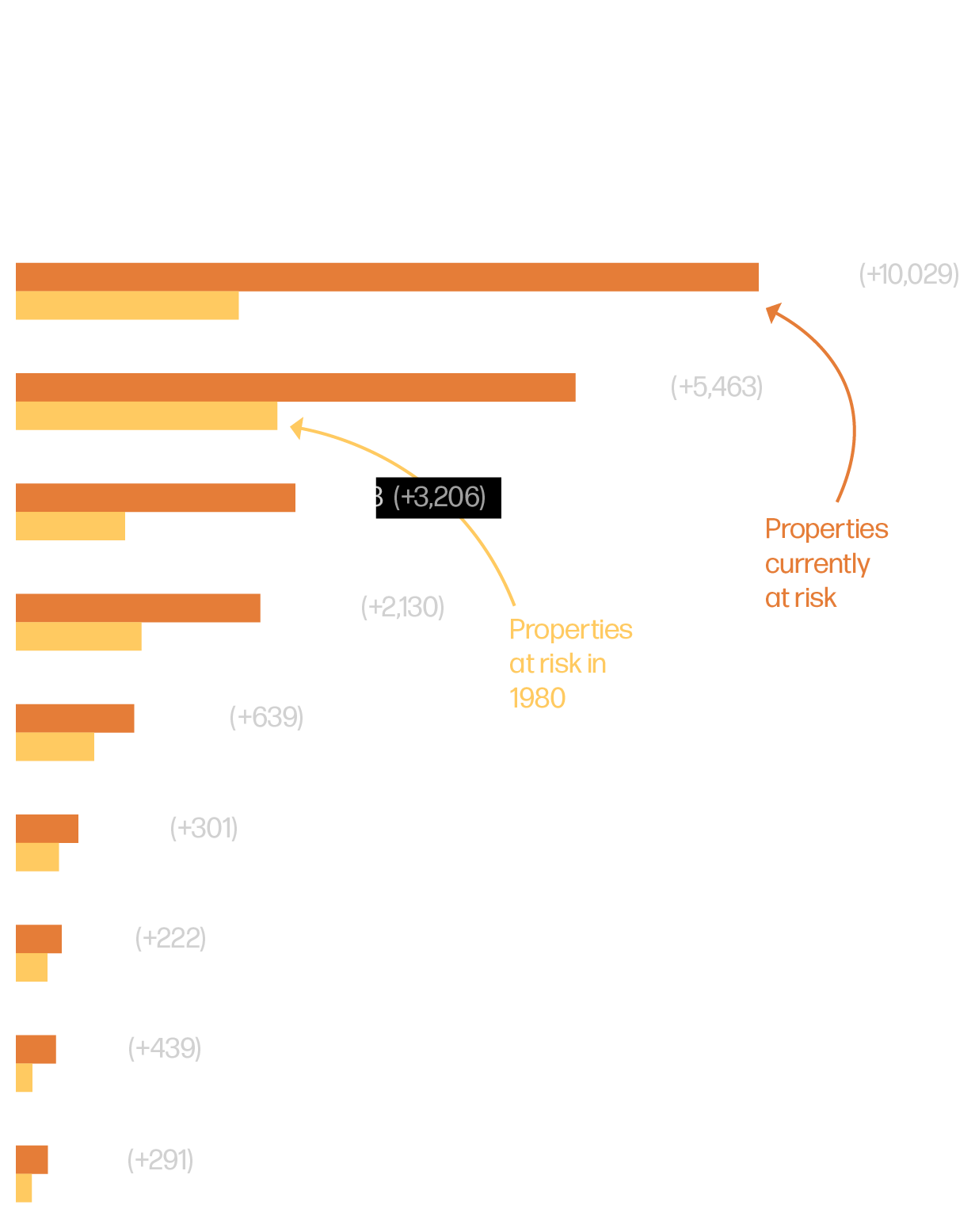New Jersey’s Rising Coastal Risk




Changes in the climate since the 1980s have put a growing share of New Jersey’s coastal communities at risk. This report quantifies the impact of sea-level rise and changes in hurricane activity over the past four decades and explores the economic implications for the state in the years ahead.
Read the full report→
New Jersey’s 1,792 mile coast plays a vital role in the state’s economy and its residents’ way of life.
Seventeen of the state’s 21 counties touch at least some portion of its coastline.
These counties are home to roughly 80% of the state’s 9 million residents and responsible for more than $400 billion in annual economic output.
New Jersey’s coastal communities have a long history of dealing with extreme weather, from the Category 2 hurricane, “The Gale of 1878” to the regular battering the coast receives from Nor’easters. But sea-level rise and changes in hurricane activity are introducing new risks.
This report quantifies how these two factors are shaping tidal flooding, storm surge and hurricane wind exposure across the state and the economic implications. Here’s what we found:
1/4Frequent flooding risk has more than doubled
Sea level rise since 1980 has increased the number of current New Jersey homes at risk of frequent flooding by about 110%. There are 27,000 more buildings worth a combined $15 billion that are now likely to flood at least once a year.
2/4Hurricane flood risk is also expanding
The frequency and extent of storm surges have increased since the 1980s, meaning more of today’s buildings are now at risk of flooding once during a 30-year mortgage. We estimate between 62,000 and 86,000 more homes and commercial properties, worth a combined value of more than $60 billion, now sit in areas with a 1-in-30 chance of hurricane flooding.
3/4Hurricane risk extends beyond the coasts
Four decades ago the odds that an average New Jersey home outside the state’s coastal counties would experience hurricane force winds was less than 1-in-200. That has since grown to between 1-in-30 and 1-in-100.
4/4These risks carry significant economic costs
We estimate that the expected average annual loss from hurricane-related wind and flood damage today is likely $670 million to $1.3 billion higher than it would have been if sea levels and hurricane activity in the 1980s remained constant.



